Pulaski County, Little Rock, Arkansas Confederate Monument “Defense of the Flag” (1904-1905) with detail of an allegorical female with wreath. Photo credit Ernest Everett Blevins, used with permission.
In light of the recent report detailing the recommendation to remove a monument in Arlington by renowned sculptor Moses Ezekiel, I found it fitting and necessary to touch on the weight of what is to be lost.
Veterans organizations and monuments to each group. Graph courtesy Ernest Everett Blevins.
Dr. Horst Janson, professor of art at New York University, defines a monument as “something purposely made to remind us of an event, an idea or an individual.” As 18th century religion gave way to 19th century nationalism, the “monuments to one’s leaders began to be created.” The Civil War monuments are bookmarks to the past, bringing messages to the present. The messages vary in detail from community to community, with the overall message in the North and South memorializing the community’s contributions and losses in the war effort. The monuments, particularly on Confederate monuments, use funerary motifs.
The memorials of the late 19th and early 20th century which commemorated the losses in the Civil War were created as community memorials to the community’s loss. Monuments are composed of multiple elements that vary depending on the date of the monument, who raised the monument funds, and the monument’s design. The messages in artwork and text were for the public audience at the time. The messages are to be timeless in their meaning and unchanging. Unfortunately, the 21st century “woke” viewer often falls into the fallacy of presentism.
Most think of a “Civil War Monument” as a monument consisting of a base, plinth, and often the anonymous soldier on top of a shaft. Some locations are modeled after real men, sometimes local men, who are identified. These monuments are common in cemeteries and public grounds such as city halls, town squares, and county courthouses. Union and Confederate Monuments exhibit funerary symbolism indicating mourning, most of which is unobserved today.
In the overall context, the soldier monument depicts a soldier in one of several poses; we see skirmishes, flag bearers, men at attention, or at rest. The last is a pose with the musket upright held by the soldiers’ hands. The inverted musket is a less common memorial similar to at rest, a pose in the manual of arms for mourning.
A common feature behind the Confederate soldier is a cut log or stump, typically vertical behind the right leg of Confederate monuments. Similarly, broken columns and other broken items symbolize a life cut short. In line with other broken motifs, cut logs/stumps are interpreted as the lives cut short. The Union monument for Meigs County, Ohio invokes similar symbology with a Union soldier sitting on six logs formed as a corner of a cabin. His foot also rests on a broken cannon.
Rutherford County Monument (1910), Rutherfordton, North Carolina. Soldier with a cut off log or stump. Photo credit Ernest Everett Blevins, used with permission.
Urns
Between 1862 and 1867, at least 27 Union monuments were dedicated, and in 1867, the first two post-war Confederate monuments were erected: the first in Cheraw, South Carolina (Chesterfield County) and the second in Romney, West Virginia (Hampshire County). The older monuments, particularly in the South, are based on cemetery motifs as they resemble grave markers. Of these, the most common forms are urns and obelisks.
Cheraw, SC Confederate Memorial. Photo Courtesy Historical Marker Database/Anna Inbody.
Romney, West Virginia (1867) one of the first two Confederate monuments and an example of the urn motif. Photo credit Ernest Everett Blevins, used with permission.
Urns are an ancient symbol from Greece popular in the Victorian Era, which in the United States is the late 19th and early 20th century. Urns are the most common funeral monument after crosses. The urns represent the mortal body “reduced to its barest elements as the soul ascends to Heaven.” Some urns are draped with a fringe representing “the veil between life and death.” If there is no fringe on the cloth, it represents the clothes left behind as the dead passed to the next world; in essence, mourning.
Obelisks
The obelisk monument, used with both Confederate and Union monuments. Obelisks originate from Egypt and symbolize mourning dating back thousands of years. Their design is formulated with the base one-tenth the height. Obelisks are typically topped with a pyramid, although there are variations, such as truncated and vaulted. Obelisks represent a connection between earth and heaven, power, strength, and fatherhood. Often placed in a family plot, the obelisk will be a central element to represent the family’s connection — a monument in a public space represents the community’s connection.
Obelisks are found in two forms. The first design is the plain obelisk, with only inscriptions; primarily on the monument’s base. The second type doubles down as a mourning monument with a draped bas-relief of a sheet hung over the monument. Drapery, as discussed above, is always a sign of mourning on monuments. The DeKalb County, Georgia monument in Decatur represented the draped motif with a bas-relief of a cloth over the top of the monument.
DeKalb County Courthouse Decatur, Georgia (1908) with an example of an obelisk with a drape motif bas-relief; permission from author/owner. Photo credit Ernest Everett Blevins, used with permission.
Some monuments have a bas-relief carving of a flag representing the United States with the stars and stripes or the Confederate battle flag. The Confederate battle flag, referred to as the Soldiers’ flag, is typically used since these monuments are dedicated to the soldiers who fought under that banner.
Confederate monuments that portray the battle flag illustrate the flag with a broken staff which symbolizes a life cut short and a symbol of loss and mourning. The most common of these is the broken staff at an angle with the flag leaning to the viewer’s right. The monument in Hart County, Georgia, evokes a similar broken feature with a rough-cut flagstaff base without the broken-off element.
As the 20th century progressed into the 21st century, memorials continued the tradition of establishing monuments for the community’s losses; from the Spanish-American War to the modern War on Terrorism, the purpose these monuments serve is to pay homage to the tragedy of what has been lost to the community as a whole. Disrupting these memorials or whitewashing history is a grave disservice to every American. As for Ezekiel’s Arlington Monument with the female allegory holding a wreath over the dead, and words said at the dedication on reunification by President Woodrow Wilson, “To declare this chapter in the history of the United States closed and ended”, makes the monument a grave maker to the Confederate States.

The Standard appears online and in print. TheStandardSC YouTube channel is no longer available due to termination. YouTube, owed by Alphabet (Google), removed and destroyed all of our video work without permission or remuneration. That has stopped all potential donations from our many supporters on that venue. If you want to continue to see independent thought and reports please “like”, comment, share with a friend, and donate to support The Standard on this page to assure the continued availability of news that is ignored too often by the dominant media.

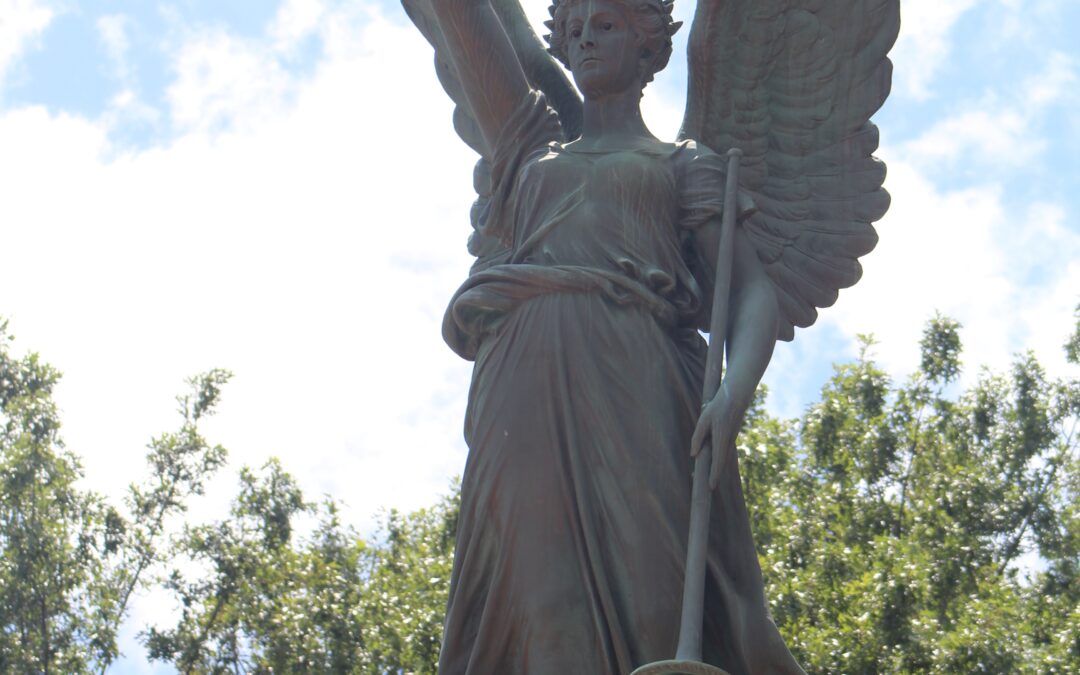

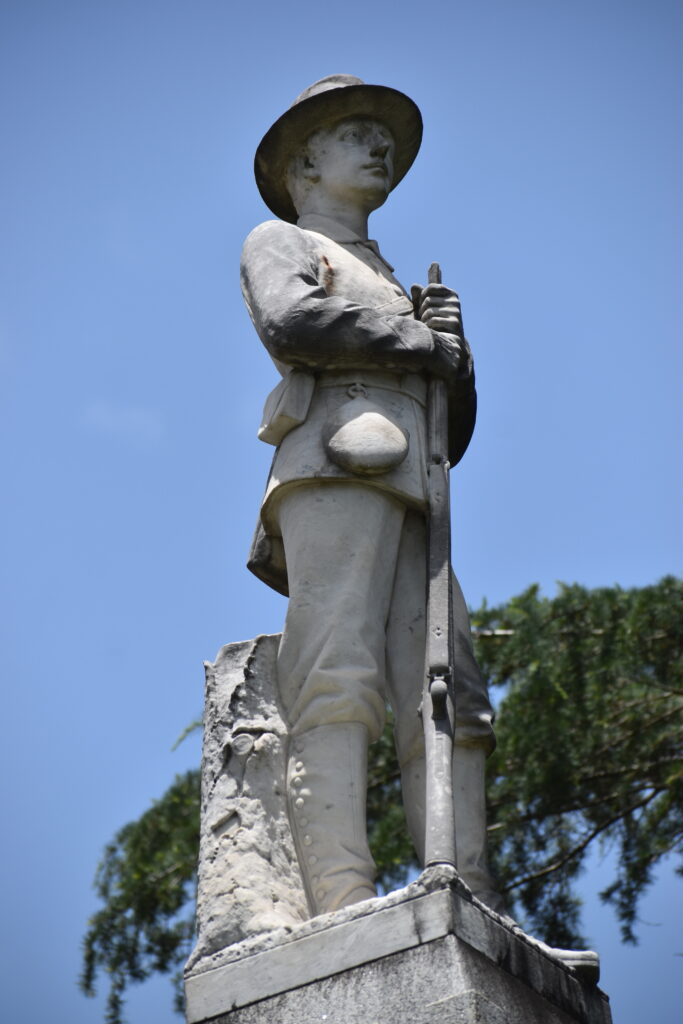
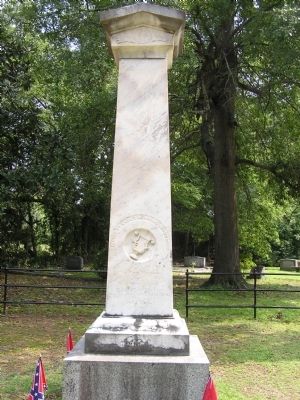
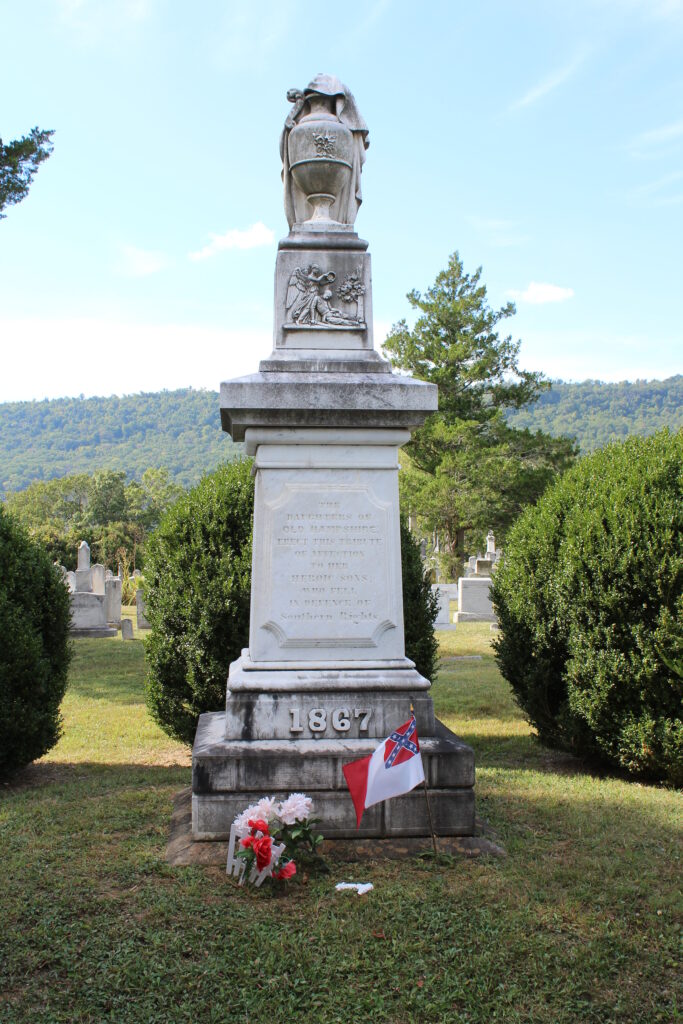
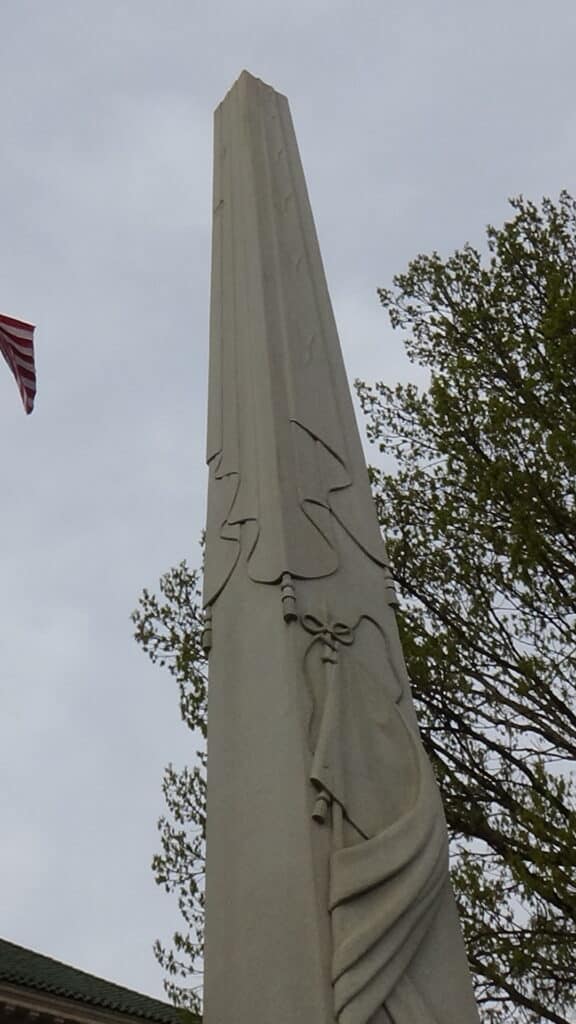


 RSS - Posts
RSS - Posts
I read in what purported to be the memoirs of Dimitri Shostakovitch [Some Russians say that Shostakovitch didn’t write them but that someone else did using Shostakovitch’s name] about how Stalin killed every member of a male chorus of blind singers who went around singing old Russian Folk songs. Why did Stalin do this? Because he wanted to sever the Russian People from their Heritage. THAT is exactly what those who are destroying our monuments are doing. We are seeing here the same evil which caused so much suffering in the USSR: Communists who are seething with hatred of mankind. Hatred is their motivation.